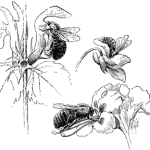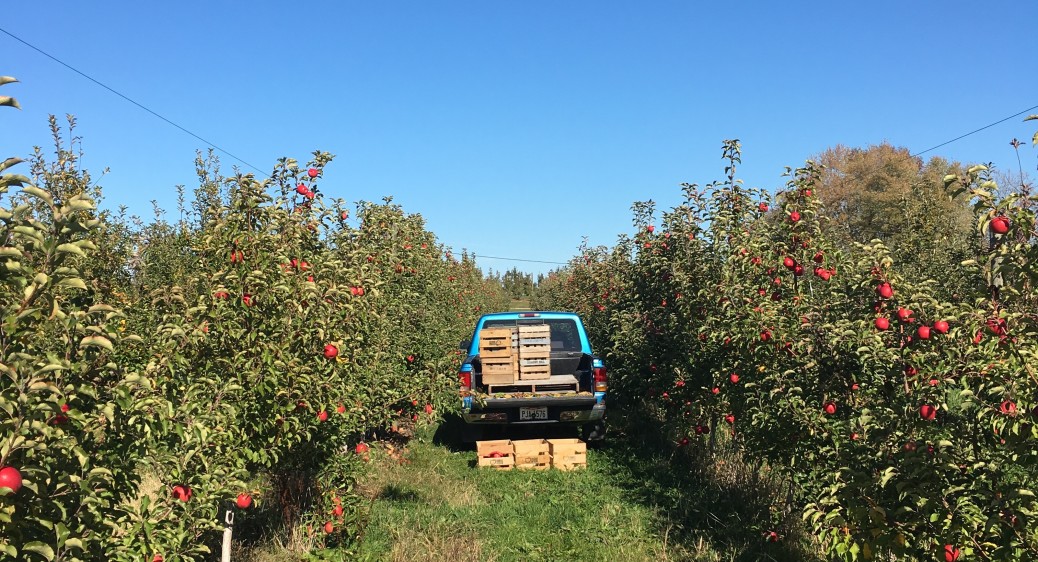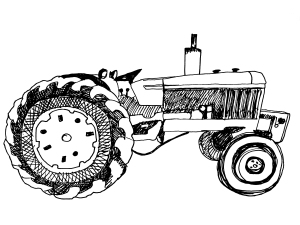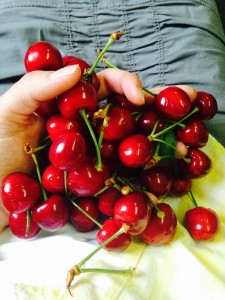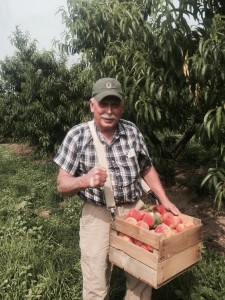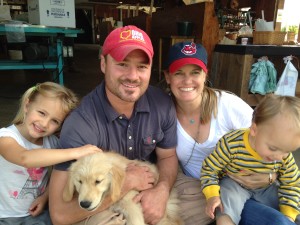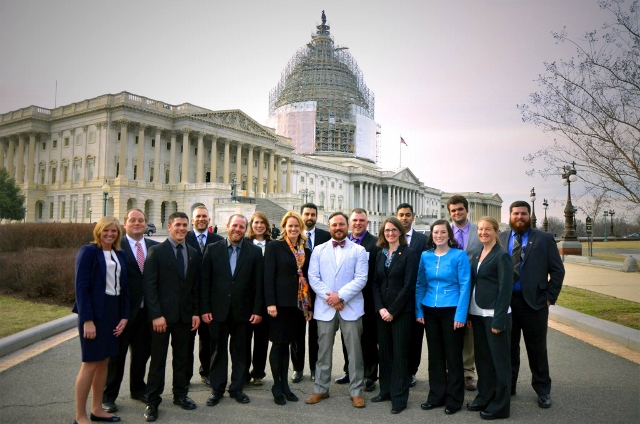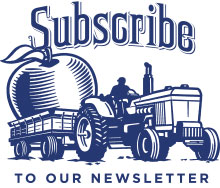 WILLIAM’S BULLETIN
WILLIAM’S BULLETIN
Our apprentice farmer William attended the Young Farmers Conference at Stone Barns last week. This is the first of his reports of what he learned there. Stay tuned for more!
All conferences start with Power-Point platitudes, a badge, and a folder of printouts. The Stone Barns Young Farmers Conference was no different: “We’re not growing food, we’re perfecting people.” Perfection? To me, we were already there: Blundstone-clad and dirty-nailed, shorthaired girls and nose-ringed boys, plaidded and scarved, iPhones in Carhartt pockets. We talked about low-delta-T herbicide application and monetizing our CSA Instagram feeds. Two-ply versus one-ply greenhouses and kiwiberries. Invasive species and whether to treat beehives with linseed oil or low VOC paint (admittedly, this was my question).
We talked about small ideas and big ideas, the minutiae of farming and the grandeur of food, and that’s what made the YFC so dizzying, so exciting, and so exhausting, like juggling a bowling ball and a handful of organic, local chestnuts. Are young farmers going to change the world? Probably, but first they have a few emails to write, a grant to edit, that podcast interview to do, and the arugula has to get covered before the frost tonight.
When you look at a farm, what do you see? Self sufficiency. A happy homestead, its own planet spinning from day to night to day, soil to plant to soil. Ranchers say they’re grass farmers; the cow just a caloric layover between the energy in a grass blade and the energy, one life cycle later, in another. A farm like Stone Barns is a unique kind of microcosm. On the menu that night was a farm-raised pork chop sous vide cooked in a water bath heated by compost.
And so, we Young Farmers grow food, but not just any food. Bloomsdale spinach and Western Front kale. Tunisian sheep and Honeynut squash. “Do you grow GoldRush?” a girl asked when I mentioned the orchard. That’s a warm-honey-sweet, late-season beauty even I had never heard of until I started working here. Our Day One Breakfast was yogurt, but not just any yogurt. “I didn’t know what to expect with parsnip flavor, but it’s pretty good,” my friend said, digging into her cup. “The other choice was tomato.”
The night I arrived, before the conference started, dinner was a choice between the hotel’s greasy ceasar salad and the grocery store next door, so I crossed the parking lot fields. Inside, I bumped baskets with a kindred spirit, both ours overflowing with greenery and wholeness, we nodded, invasives in a monoculture.
And that’s the Young Farmer. When you look from a farm, it’s a different story. You see the unperfected world beyond. Factory farms see acres and acres of more of the same, almond trees within and without, an orchard the size of Rhode Island. Our small farms see the east side of Pittsburgh, maybe, or Brooklyn rooftops, or other farms, or parking lots, or houses, or, if you’re lucky to be on Quarry Hill, the tangled woods of the Erie County MetroParks.
You see, in other words, the world. Conferences can feel insular, their own self-sufficient organisms. The worst are feedback loops; the best are supportive. The life-changing are something more: they reach beyond, from their dirt to the sky, from small actions to big changes. As Steinbeck wrote in his personal motto: Ad astra per alas porci. “To the stars on the wings of a (heritage, local, compost-sous-vide-cooked) pig.”



